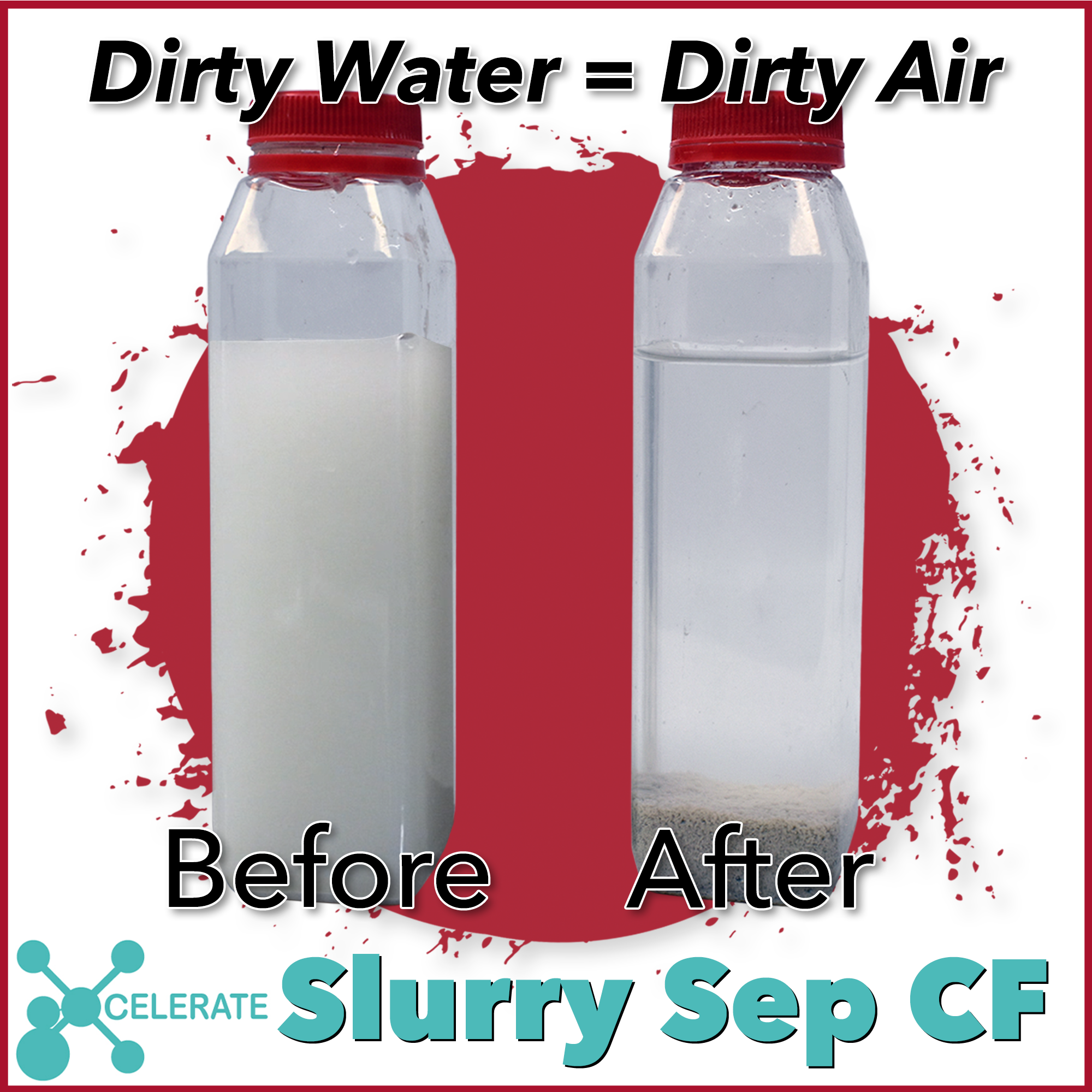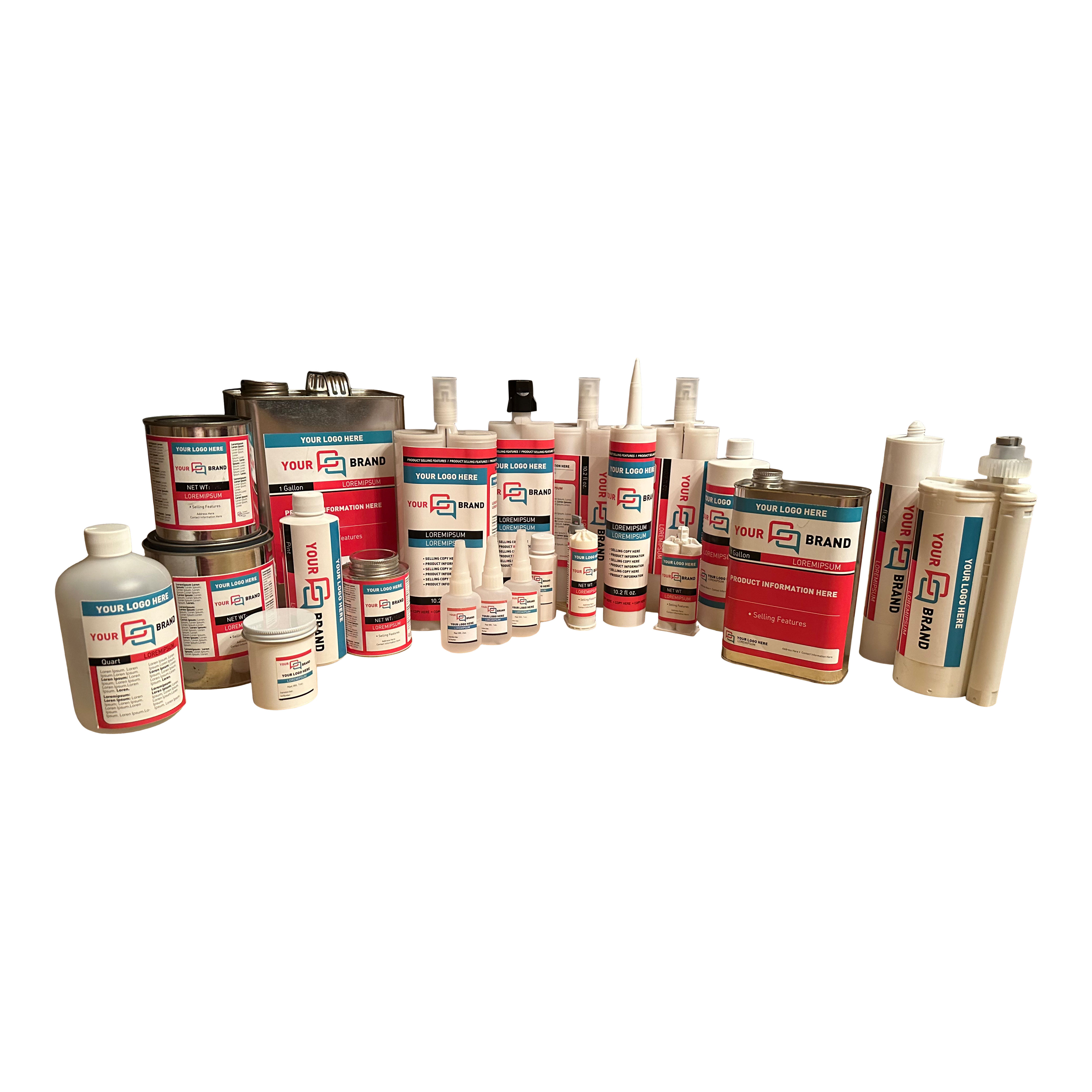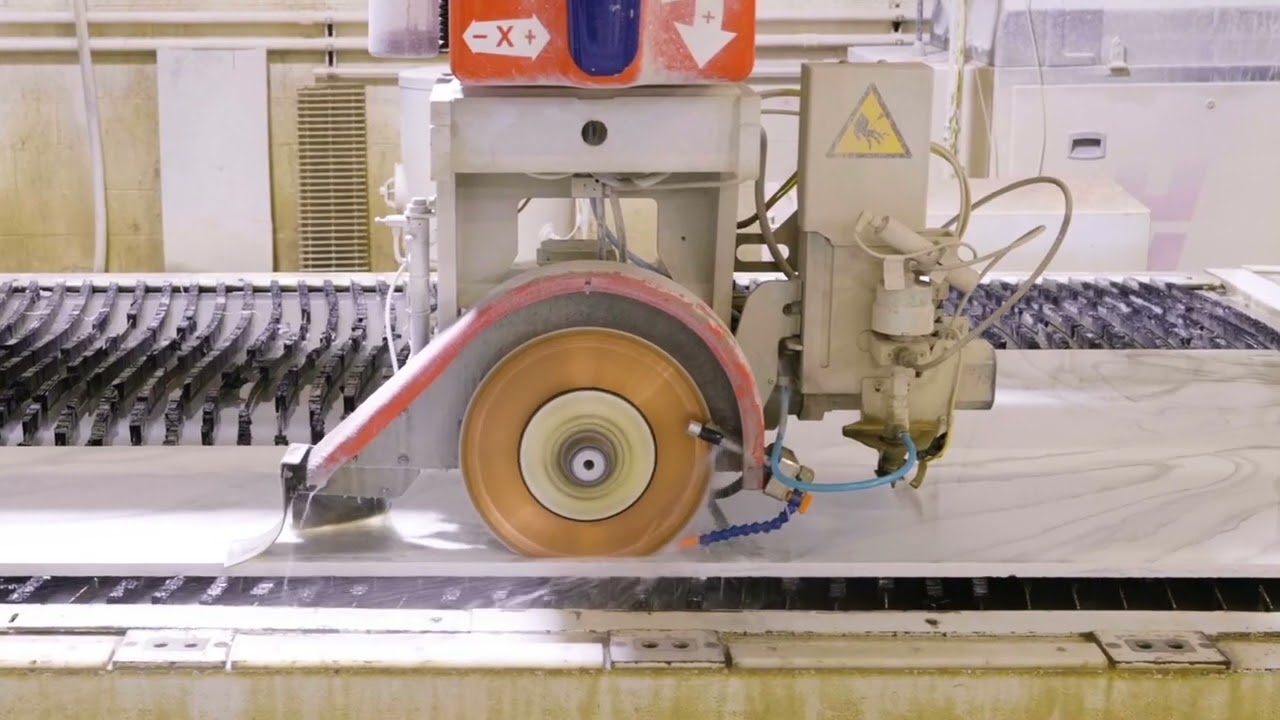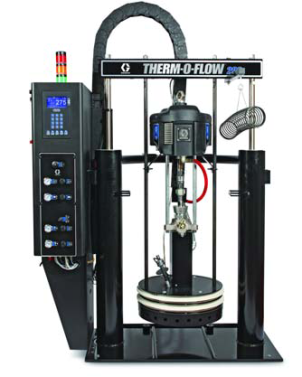
Key Components of MMD Equipment
We have talked about various reasons for using MMD equipment, but what are some of the actual key components that make it worth using?
 Two component dispense valve with a static mixer
Two component dispense valve with a static mixer
- These can be utilized in either an automated or manual application
- These are designed for positive on/off flow control of adhesives
- They eliminate the need for any cleanup from material drips as well as run-on between bead and shot applications
- They control the flow of the two component adhesives
- The fully mixed adhesive will exit the tip of the static mixer be applied to the substrate
- Air or magnetically actuated valves are recommended over the manually controlled valves
- Gravity feed material transfer system (a simple method of using adhesives that are in elevated [off the floor] containers to an exit point or applicator which consists of 3 elements: the adhesive, hose/valve system and applicator)
- Stationary drum racks are an effortless way to supply adhesives.
- Material flows down from the drum to the conical tank (which can also be known as the “day-tank”) or reservoir to guarantee non-stop operation while exchanging empty drums. Some use desiccant dryers for moisture sensitive materials.
- The conical tank will then supply the adhesive to a metering system
- The adhesives that are used in these systems are generally going to be low in consistency and therefore will feed the pumps using gravity as
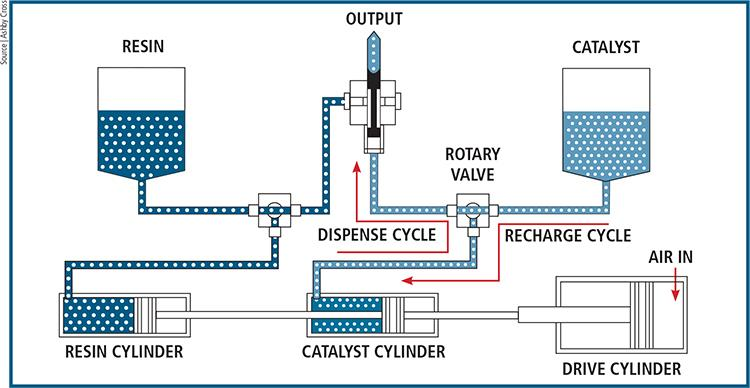 a force. This will also save financially in the costs of transfer pumps
a force. This will also save financially in the costs of transfer pumps
- Examples of drum racks as well as totes for gravity feed materials
- Drum over drum – the second, much lower drum will be replacing a conical day tank
- Ploy drum rack
- 275 gallon tote
- Transfer pump (system uses air [pneumatic] pressure either by direct piston or using a follower plate creating pressure that causes flow of materials.
- The typical components of a transfer pump include the following:
- The transfer pumps
- The follower plate that rests on the surface of the adhesive within the bulk container (also known as the drum)
- The air motor to drive the actual pump mechanism
- Transfer pumps move the adhesive from the bulk containers directly to the metering system
- They are used when the adhesives are too viscous to be able to flow freely as in the gravity feed system explained above (and seen below)
- These types of pumps are available for bulk containers of miscellaneous sizes
- The typical components of a transfer pump include the following:
- Drum Types
- There are different types of drums that will be used for different materials. They are chosen depending on the viscosity as well as the method of transferring the adhesive to the metering system
- Tight head drums
- These are generally used for low viscosity materials, either with gravity feed systems or the siphon-style transfer pumps
- Open top drums
- These are used for adhesives with thicker consistencies (such as a paste) where the transfer pump with a follower plate would be used
- Tight head drums
- There are different types of drums that will be used for different materials. They are chosen depending on the viscosity as well as the method of transferring the adhesive to the metering system
If you have any questions about anything within our lineup or how they could help you, customer service is here to help. Please do not hesitate to reach out! Call us, toll-free, at 1-800-220-1966 or send us an email at sales@chemical-concepts.com. We can’t wait to help you and see what your project becomes!
posted in: Information

